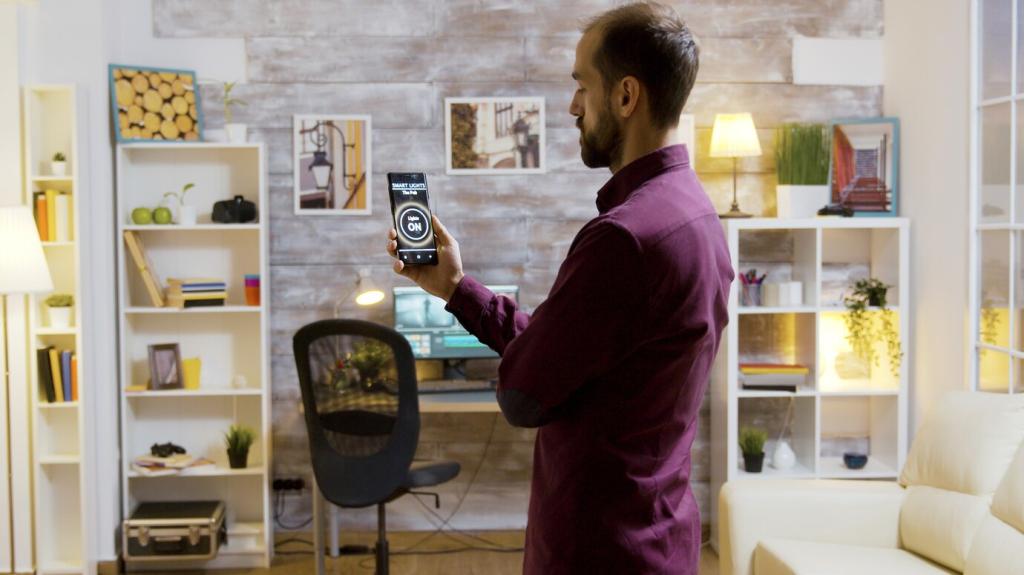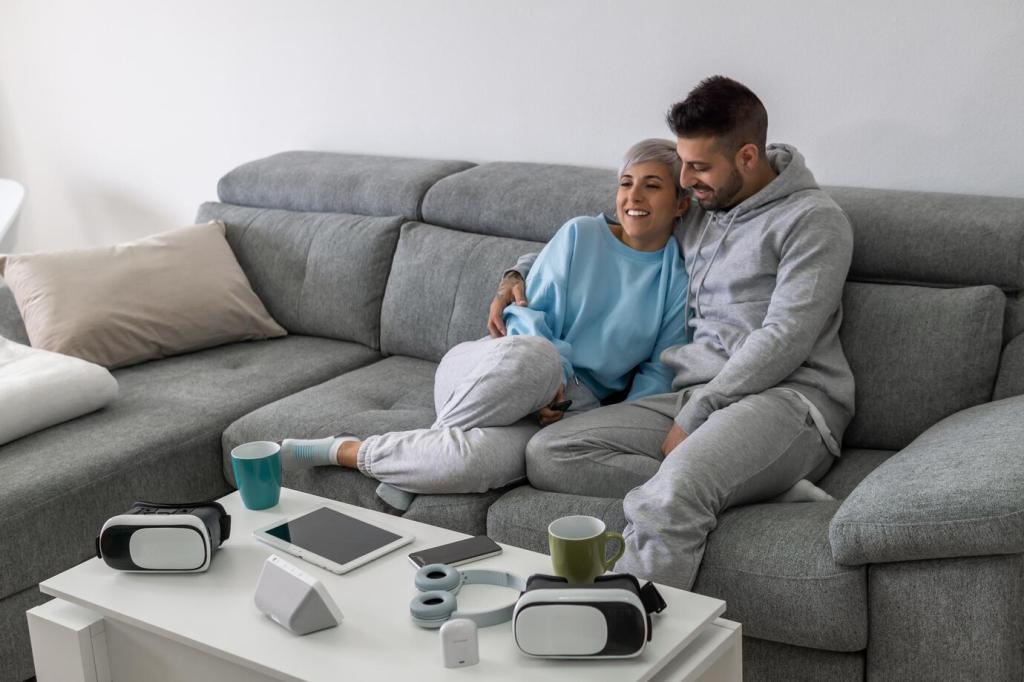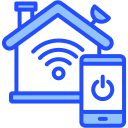The History and Growth of Smart Home Devices
The evolution of smart home devices has been a remarkable journey, shaped by advances in technology, shifts in consumer habits, and the global drive toward greater convenience and efficiency. Once considered a futuristic concept, smart homes are now a mainstream reality, enriching everyday life through automation, connectivity, and personalized experiences. This comprehensive exploration delves into the emergence, advancement, and widespread adoption of smart home technology, shedding light on the milestones and trends that have defined its trajectory from inception to the present day.


Previous slide
Next slide
Advent of Microprocessors
The advent of affordable microprocessors revolutionized the development of household appliances and paved the way for smart functionality. These small, powerful chips enabled devices to perform complex tasks, manage data, and execute commands with precision. As microprocessors became more accessible, appliance manufacturers began to incorporate programmable functions and simple digital interfaces, transforming traditional appliances into precursors of the smart devices we see today.
Early Home Networking
As digital devices proliferated in the home, the need for connectivity grew apparent. The introduction of home networking solutions—first through wired connections and later via wireless technologies—made it possible for devices to communicate with one another and with centralized controllers. These early home networks enabled rudimentary forms of automation and remote control, laying the foundation for more sophisticated smart home ecosystems.
First Smart Devices
The 1980s and 1990s saw the arrival of the first smart home devices capable of simple automation and decision-making. Products such as programmable thermostats and security systems provided users with unprecedented control and flexibility. These early smart devices demonstrated the value of intelligence and connectivity in the home, spurring further research and investment in the emerging field of home automation.

The Role of Home Internet Access
The widespread adoption of home internet access in the late 1990s and early 2000s provided the infrastructure necessary for smart devices to connect to cloud services and remote servers. This connectivity enabled users to monitor and control their homes from anywhere in the world, using personal computers and, later, mobile devices. The internet era dramatically expanded the scope of smart home capabilities, making once-advanced features readily available to average consumers.

Cloud Computing and Data Integration
Cloud computing played a pivotal role in the evolution of smart home devices, allowing complex data processing and storage to be handled remotely. By offloading computational tasks to the cloud, smart devices could operate more efficiently and deliver enhanced functionality without the need for expensive on-premise hardware. This shift enabled seamless integration between devices, apps, and services, creating a more unified and responsive smart home experience.

Emergence of Smart Home Hubs
With the proliferation of internet-connected devices, the need for centralized control became evident. Companies introduced smart home hubs—dedicated devices or applications that acted as the command center for connected devices. These hubs enabled users to orchestrate complex automation routines, coordinate device interactions, and simplify the management of increasingly sophisticated smart home systems.
Key Innovations and Milestones
The launch of intelligent, user-friendly thermostats represented a major milestone in the smart home journey. Early products introduced energy-saving features, learning algorithms, and integration with mobile apps, giving users unprecedented control over their home environments. By intuitively adjusting temperature settings based on user behavior and preferences, these smart thermostats not only improved comfort but also promoted energy efficiency.

Previous slide
Next slide
The Role of Interoperability and Standards
The proliferation of proprietary protocols and ecosystems in the early days of smart home development resulted in significant fragmentation. Consumers often faced compatibility issues when mixing devices from different brands, leading to frustration and limited adoption. Addressing these challenges has been a key focus for industry stakeholders seeking to build a more unified and user-friendly smart home experience.

Smart home devices, like all connected technologies, are vulnerable to various forms of cyber attack, including hacking, data breaches, and unauthorized access. Malicious actors may target smart cameras, locks, or other devices with sensitive functions, potentially compromising the safety and privacy of inhabitants. Recognizing and addressing these threats is vital to maintaining consumer trust and fostering continued adoption.

